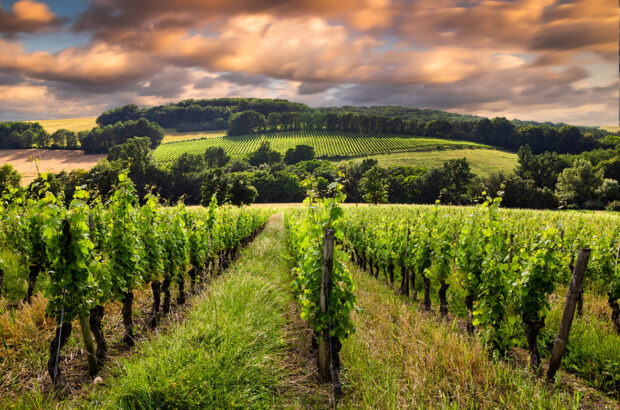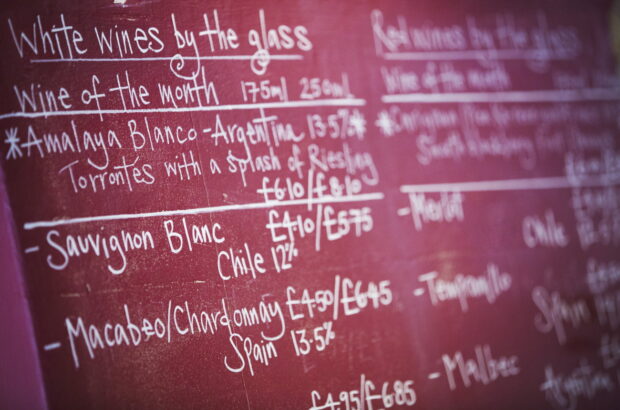Many Champagne drinkers in 19th Century Europe were used to a level of residual sugar that is virtually unheard of by today’s standards, shows chemical analysis of 170-year-old Champagne found at the bottom of the Baltic Sea.
Divers recovered bottles of Champagne from the shipwreck in July 2010. Image credit: Visit Aland
International experts led by a professor at the University of Reims in the heart of the Champagne region analysed 168 bottles of Champagne found in a 19th Century shipwreck off the Finnish coast in 2010.
Sweetness
They found the wines contained around 150g per litre of residual sugar. Even modern Champagnes that are demi-sec, or semi-sweet, only have residual sugar of up to 50g per litre. So-called ‘doux’ Champagnes with over 50g per litre of sugar have become rarer.
Researchers believe the shipwrecked Champagne was on its way to the Germanic Confederation, based on surviving accounts of consumer tastes in the period.
When the bottles were originally discovered in July 2010, they were identified as Veuve Clicquot Ponsardin, Heidsieck and Juglar – named Jacquesson since 1832 – and it was thought the ship was en route to Russia.
However, written evidence from Madame Clicquot – of Veuve Clicquot – suggests Russians liked even sweeter Champagne.
Frequent letters between Widow Cliquot and her agent in St Petersburg ‘testifies to the customers’ distinctive request for a very specific sugar dosage of nearly 300g per litre’, says the research paper, published by the journal Proceedings of the National Academy of Sciences (PNAS).
Clicquot archive documents suggest the British and Americans preferred a sugar level of between 22g and 66g per litre.
Lower alcohol
Researchers said that they hoped to learn more about 19th Century winemaking techniques by analysing the shipwrecked Champagnes.
They found that alcohol levels were between 9% and 10% abv, compared to around 12.5% today.
They attributed this to a trend for beginning the primary fermentation later in the year, and so in cooler conditions, as well as the likely use of native yeast, which may have been less efficient at converting natural sugars in the grapes into alcohol.
Researchers said they were surprised to find high levels of copper and iron in the wines, but attributed these to the use of copper sulphate in the vineyard to protect against disease and to iron nails in barrels.
Taste: ‘A slight tingling’
Most of the Champagnes had lost their fizz, according to researchers. ‘Expert tasters noticed that, whereas no bubbles were observed upon pouring, a slight tingling effect was felt upon tasting,’ the study says.
Professor Philippe Jeandet, of the University of Reims and who led the analysis, told Decanter.com that he noticed a range of characters in the Champagne, including leathery, smoky, spicy, animal and creamy notes, though still with some fruity and floral tones.
‘Surprisingly, the wines were well preserved and retained the intrinsic features – or chemical characteristics – of what a Champagne is.’
Written by Chris Mercer







